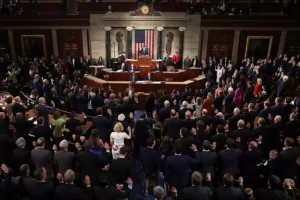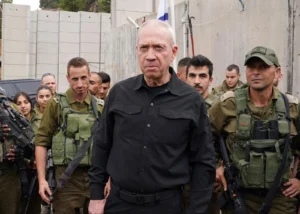It’s my job to help teens understand the war in Ukraine — high school teacher says

“Monumental news events in recent years have reinvigorated my teaching while also providing me with a new set of challenges,” Sari Beth Rosenberg, who teaches U.S. History and AP U.S. History at a New York City public high school said.
She has taken up the obligation to help teenagers understand the war in Ukraine.
“Between the election of 2016, the COVID pandemic, the George Floyd protests, the Jan. 6 insurrection at the Capitol, and now this war in Ukraine, history teachers have never had more engaged students.
“And we owe young people the space and opportunities to make sense of these turbulent times.”
Rosenberg said she returned from mid-winter break in New York City, and began racking her brain about how to discuss the Russian invasion of Ukraine.
“We are really living through history,” a statement she claimed her students frequently say.
Ever since 2016, she said students have had so many questions about domestic and foreign affairs.
“I’ve been teaching for about two decades and have never seen this kind of awareness,” Rosenberg said.
“However, balancing their enthusiasm for learning about current events with the pressure to cover the necessary content to prepare them for end-of-the-year exams has been one of my biggest struggles.
“So, despite my fear of “getting behind” in the content, I decided to devote our first day back to discussing the conflict and humanitarian disaster in Ukraine.
“Students told me they were terrified of a possible nuclear war. Their fears reminded me of another reason we discuss even horrific events like war with young people: to provide a forum for them to share their distress. Having such an outlet is critical, especially now, against the backdrop of a pediatric mental health emergency that experts say has been exacerbated by COVID and racial injustice.”
She encouraged teachers to attend classes with various instructional materials.
“Teachers should come to class with a variety of articles, videos, and overall themes and then integrate the resources based on the students’ questions. It also allows educators to model media literacy for students by walking them through various news sites and determining if they are trusted resources using Sam Wineburg’s “lateral reading” method. (The core principle of the Wineburg method involves evaluating an author’s possible biases.)”
“I hope to channel my students’ unprecedented enthusiasm for learning history into civic engagement. If we continue teaching critical thinking skills and fostering empathy, Generation Z will lead us into a more accepting, equitable, and peaceful world.”







